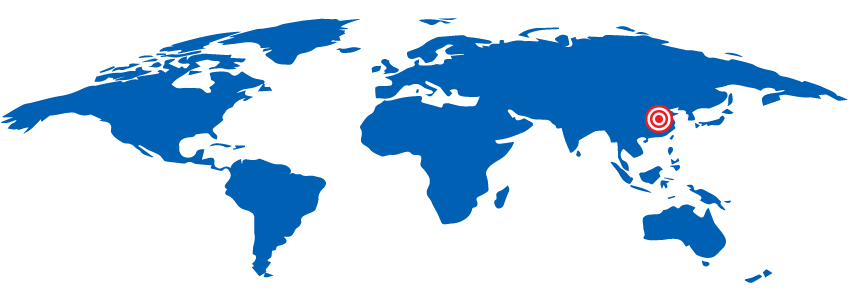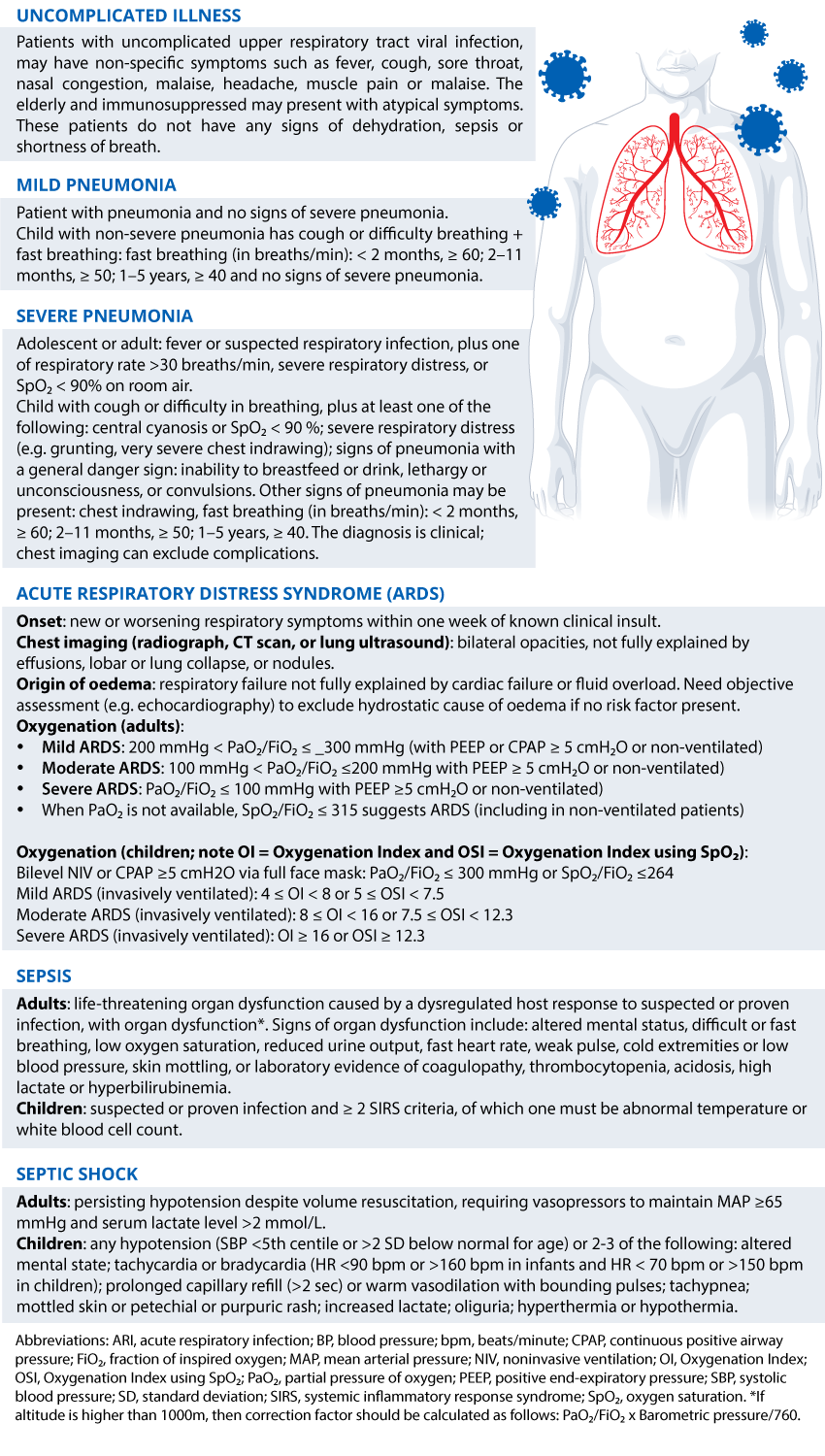CORONAVIRUS DISEASE (COVID-19) OUTBREAK
At the end of 2019, a novel coronavirus (initially named 2019-nCoV, now SARS-CoV-2) was found to be responsible for a cluster of atypical cases of pneumonia in Wuhan, China. Since then, the virus has spread both inside and outside China, and the WHO has declared this a public health emergency.
Coronavirus is one of many viruses that cause diseases in animals and humans. In humans, coronaviruses cause respiratory tract infections that are typically mild, such as the common cold, though some forms such as SARS, MERS and COVID-19 can be lethal.
Common signs of infection include respiratory symptoms, fever, cough, shortness of breath and breathing difficulties. In more severe cases, infection can cause pneumonia, severe acute respiratory syndrome, septic shock and even death.

EPIDEMIOLOGICAL CHARACTERISTICS OF THE COVID-19 OUTBREAK
A summary of a report from the Chinese Center for Disease Control and Prevention has been published in JAMA1. The report represents the largest case series to date of coronavirus disease 2019 (COVID-19) in mainland China (72,314 cases, updated through February 11, 2020).
The report includes a total of 72,314 case records, of which 44,672 were classified as confirmed cases of COVID-19 (62%; diagnosis based on positive viral nucleic acid test result on throat swab samples), 16,186 as suspected cases (22%; diagnosis based on symptoms and exposures only, no test was performed because testing capacity is insufficient to meet current needs), 10,567 as clinically diagnosed cases (15%; no test was performed but diagnosis was made based on symptoms, exposures, and presence of lung imaging features consistent with coronavirus pneumonia), and 889 as asymptomatic cases (1%; diagnosis by positive viral nucleic acid test result but lacking typical symptoms including fever, dry cough, and fatigue).
Most cases were classified as mild (81%; i.e. no pneumonia and mild pneumonia). However, 14% were severe (i.e. dyspnea, respiratory frequency ≥30/min, blood oxygen saturation ≤ 93%, partial pressure of arterial oxygen to fraction of inspired oxygen ratio < 300, and/or lung infiltrates > 50% within 24 to 48 hours), and 5% were critical (i.e. respiratory failure, septic shock, and/or multiple organ dysfunction or failure).
CLINICAL SYNDROMES ASSOCIATED WITH COVID-19
SARS-CoV-2 infection may present with mild, moderate, or severe illness; the latter includes severe pneumonia, ARDS, sepsis and septic shock4.
ONLINE RESOURCES
WHO: Coronavirus disease (COVID-19) outbreak
JAMA Network Coronavirus Resource Center
The Lancet COVID-19 Resource Center
Elsevier’s Novel Coronavirus Information Center
Springer Nature SARS-CoV-2 and COVID-19 Open Access
Cell Press Coronavirus Resource Hub
Cochrane Special Collection on Coronavirus (COVID-19)
Coronavirus COVID-19 Global Cases by Johns Hopkins CSSE
REFERENCES
- Wu, Z. and J.M. McGoogan, Characteristics of and Important Lessons From the Coronavirus Disease 2019 (COVID-19) Outbreak in China: Summary of a Report of 72 314 Cases From the Chinese Center for Disease Control and Prevention. JAMA, 2020: p. 10.1001/jama.2020.2648. (Pubmed)
- From WHO: Clinical management of severe acute respiratory infection when Novel coronavirus (2019-nCoV) infection is suspected: Interim Guidance (Link)
